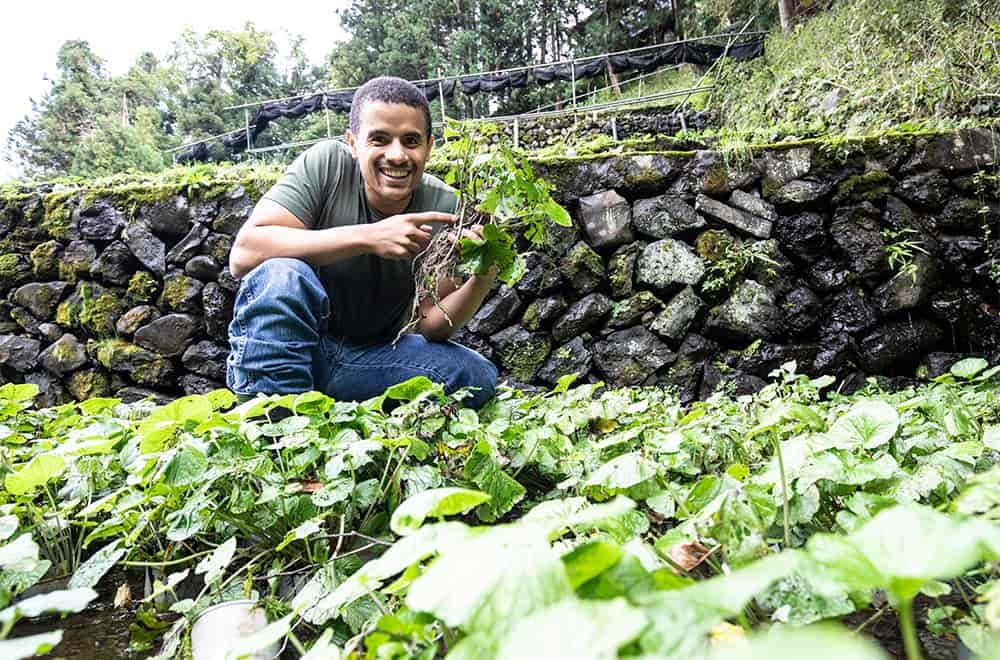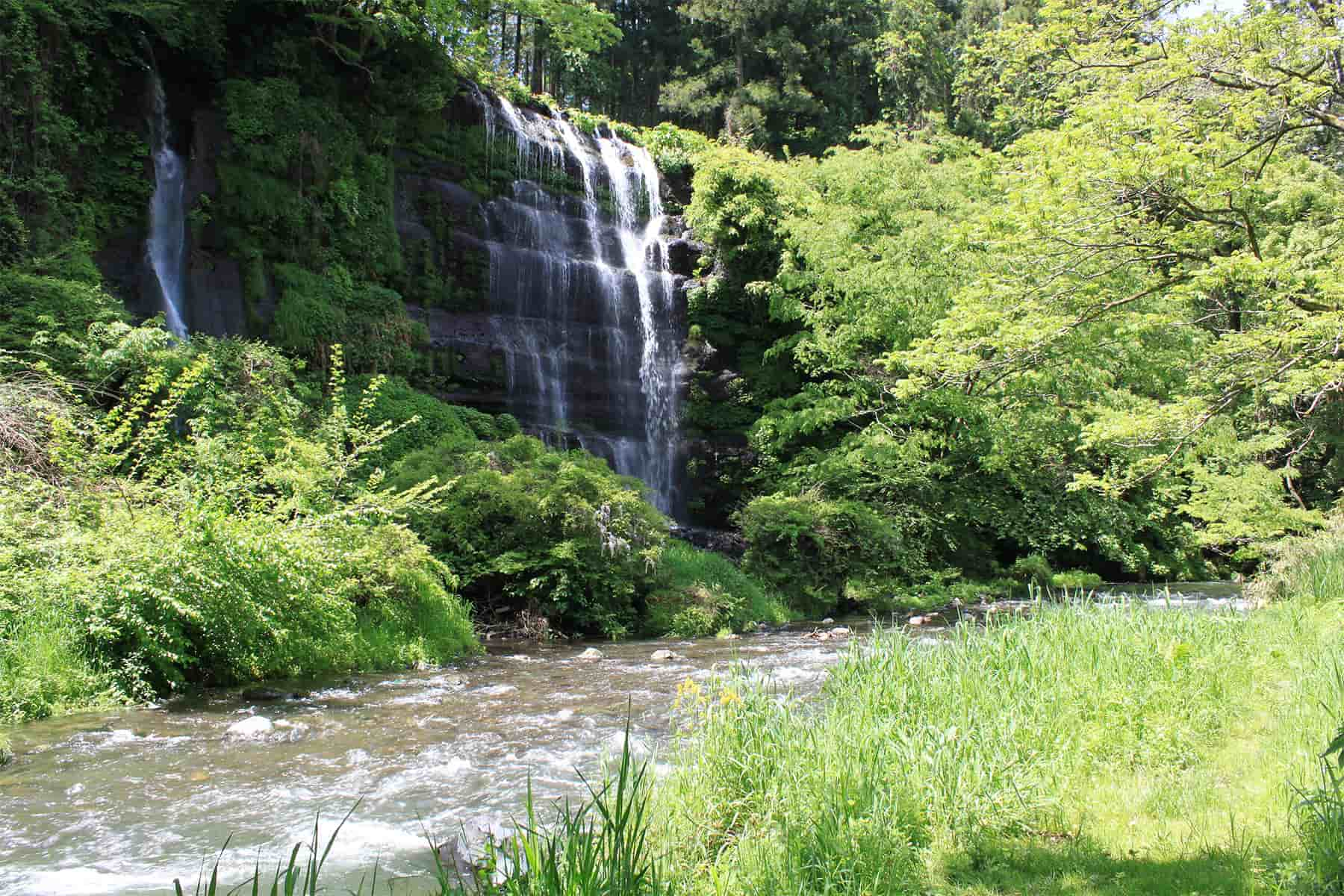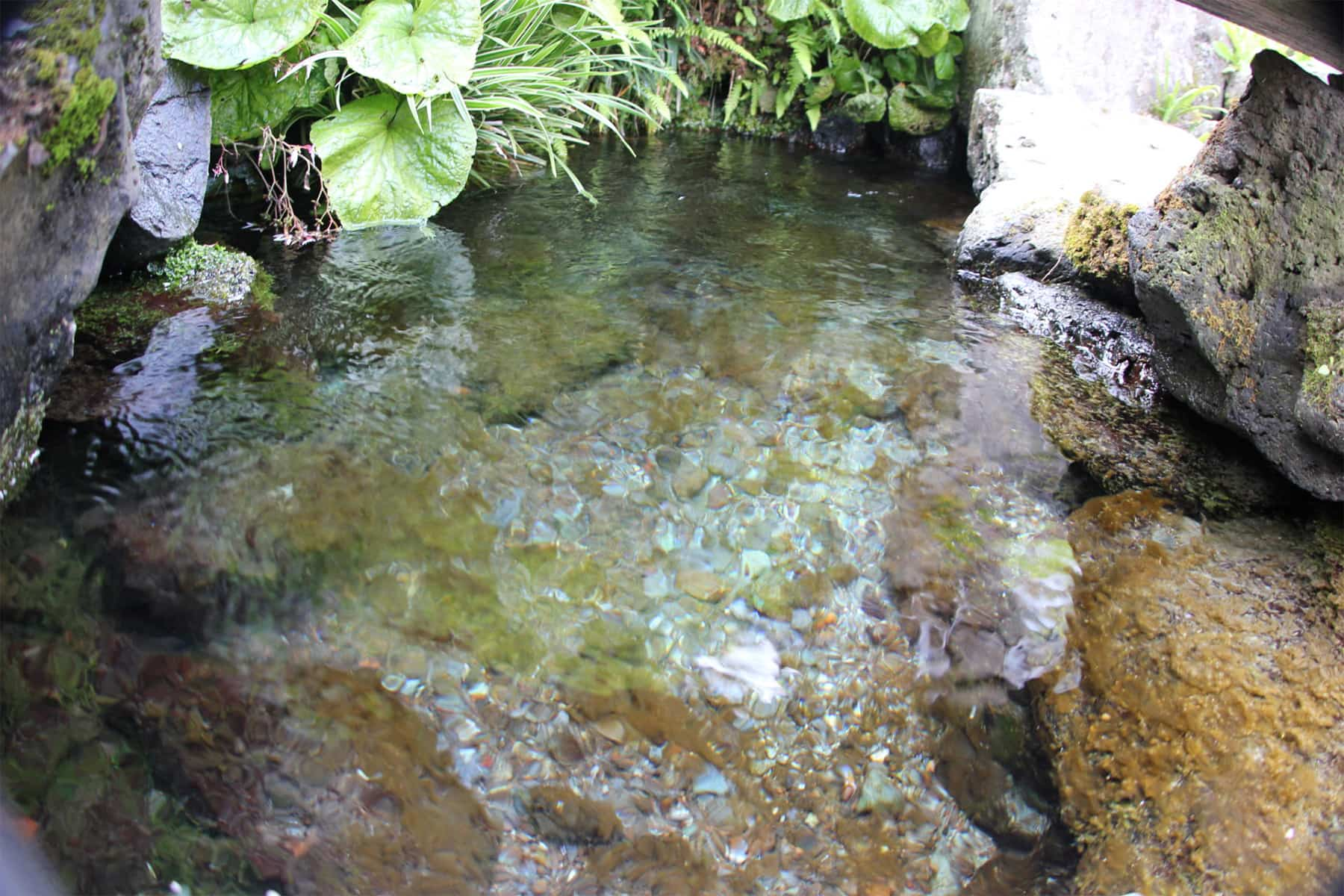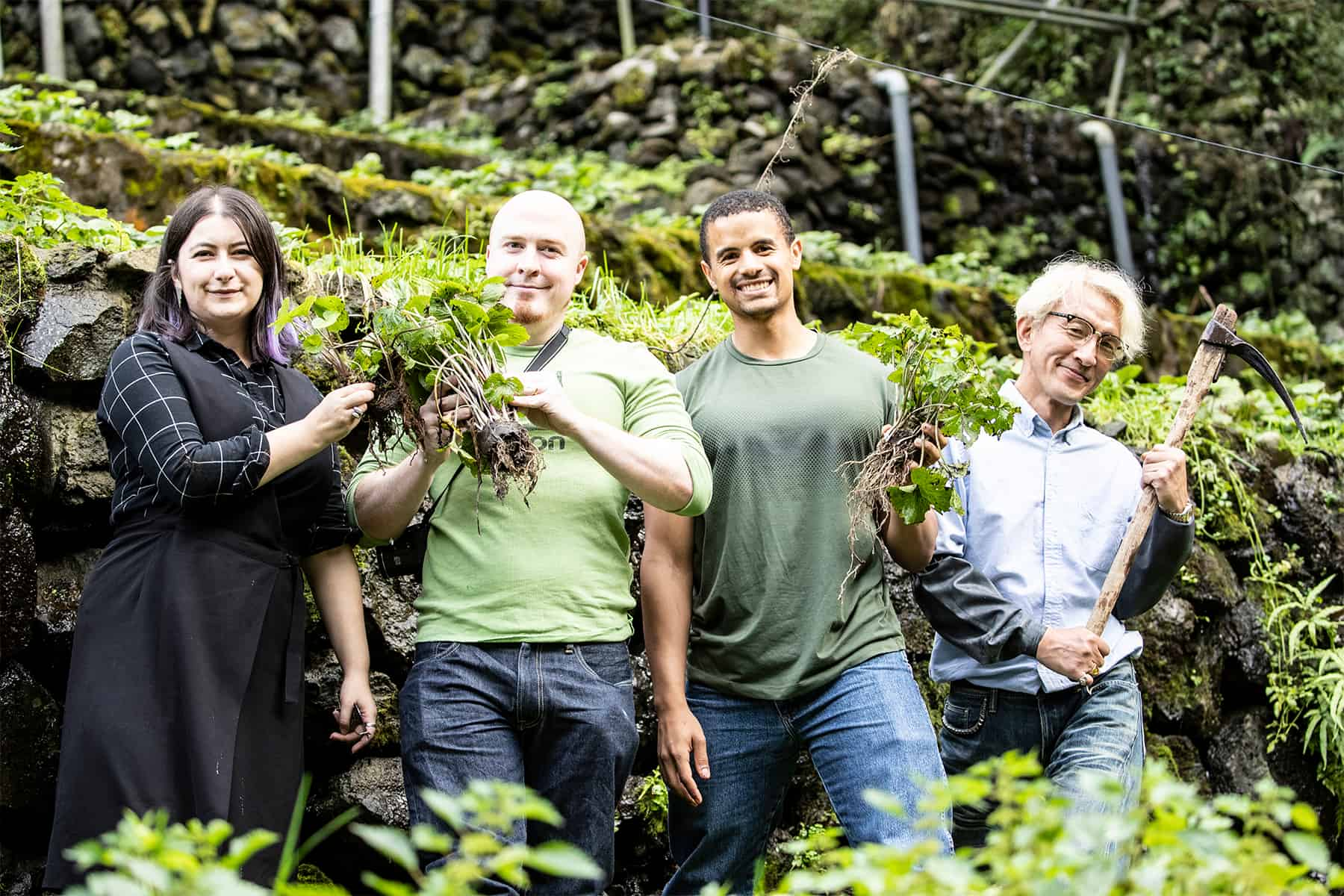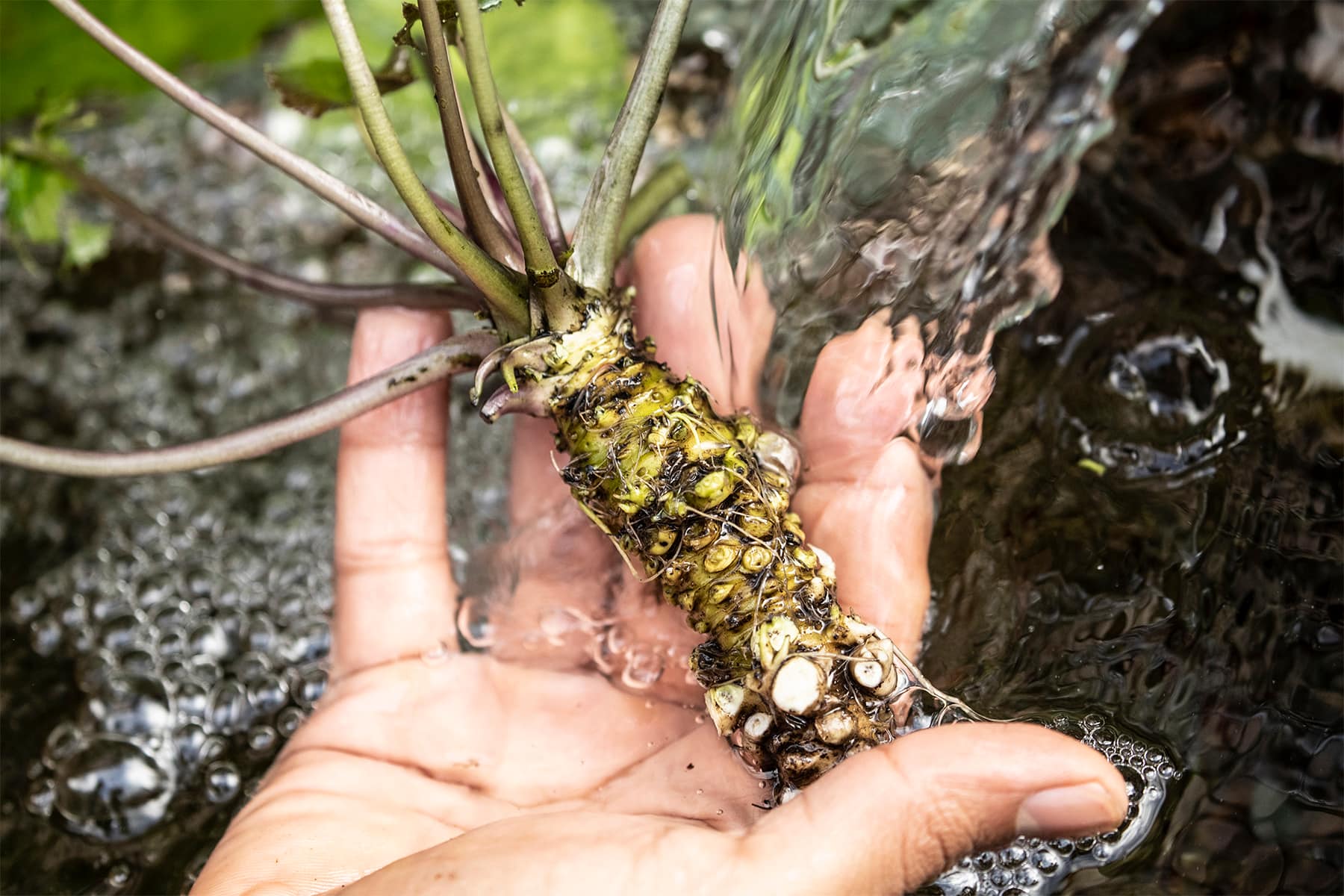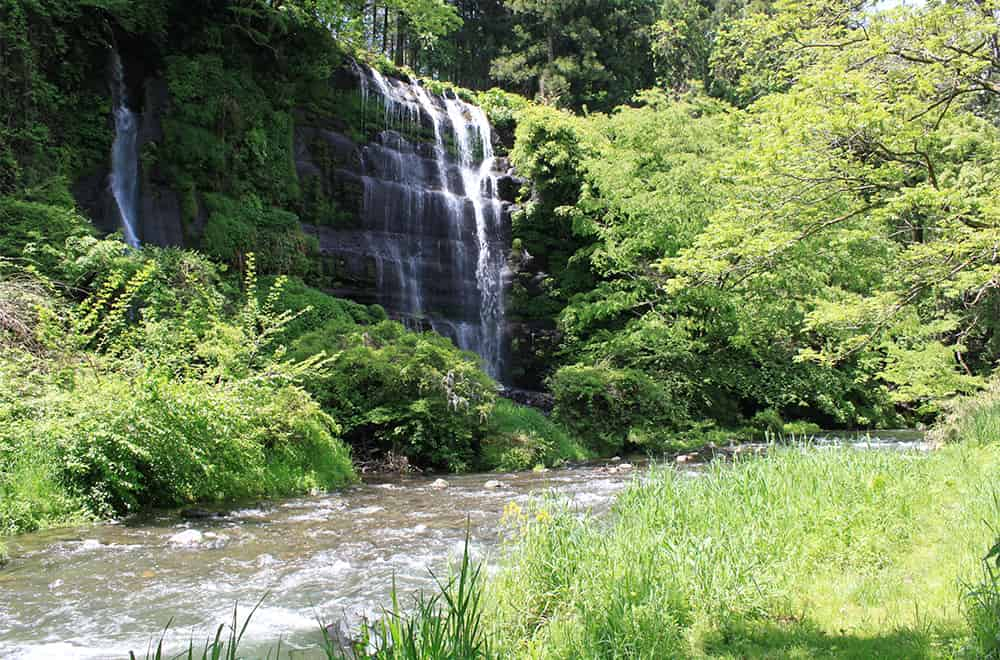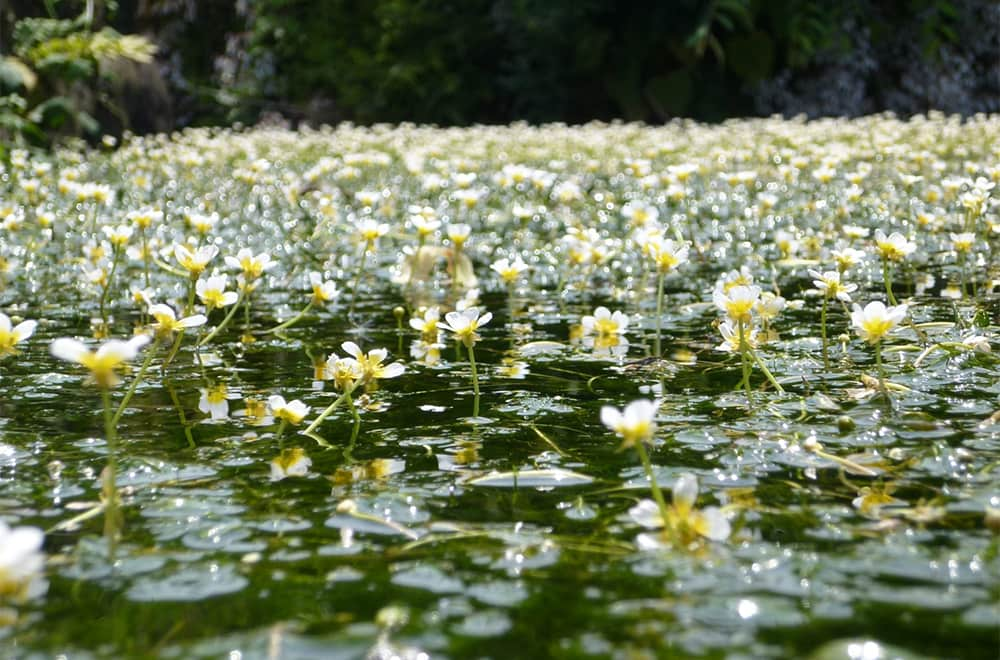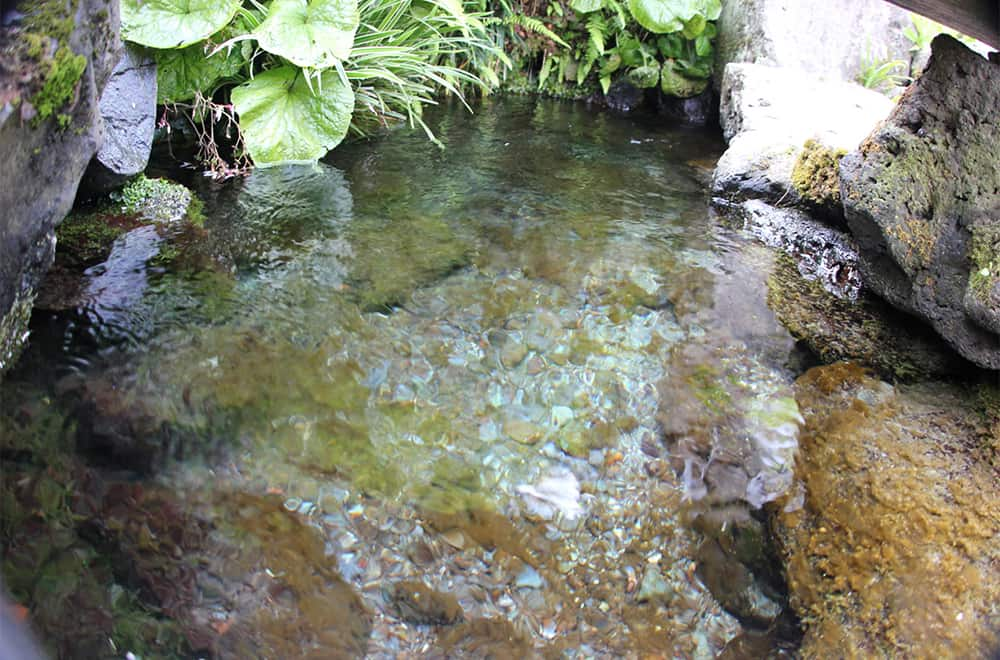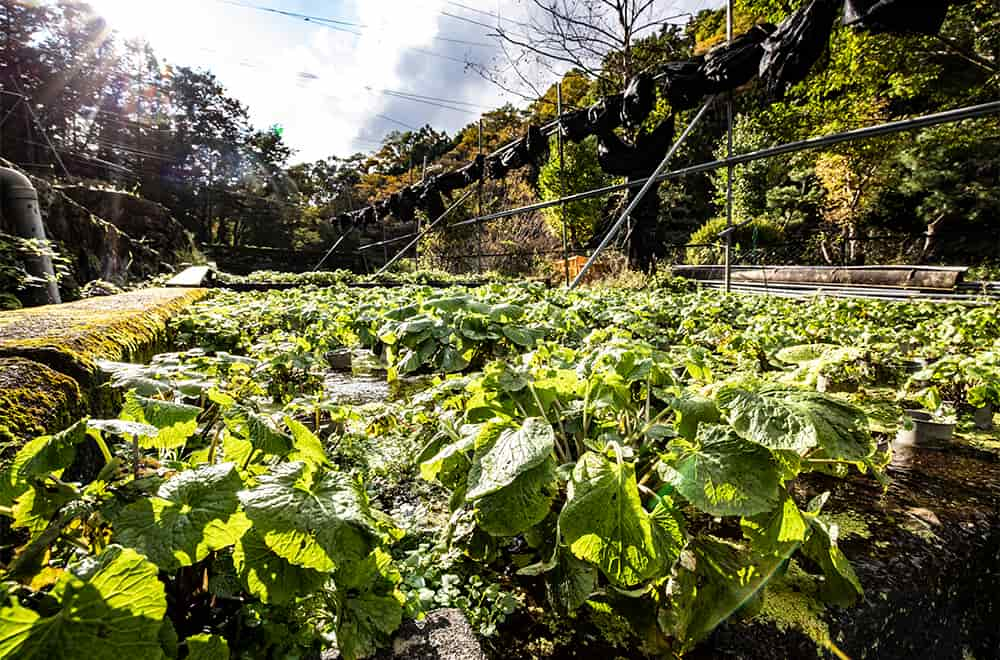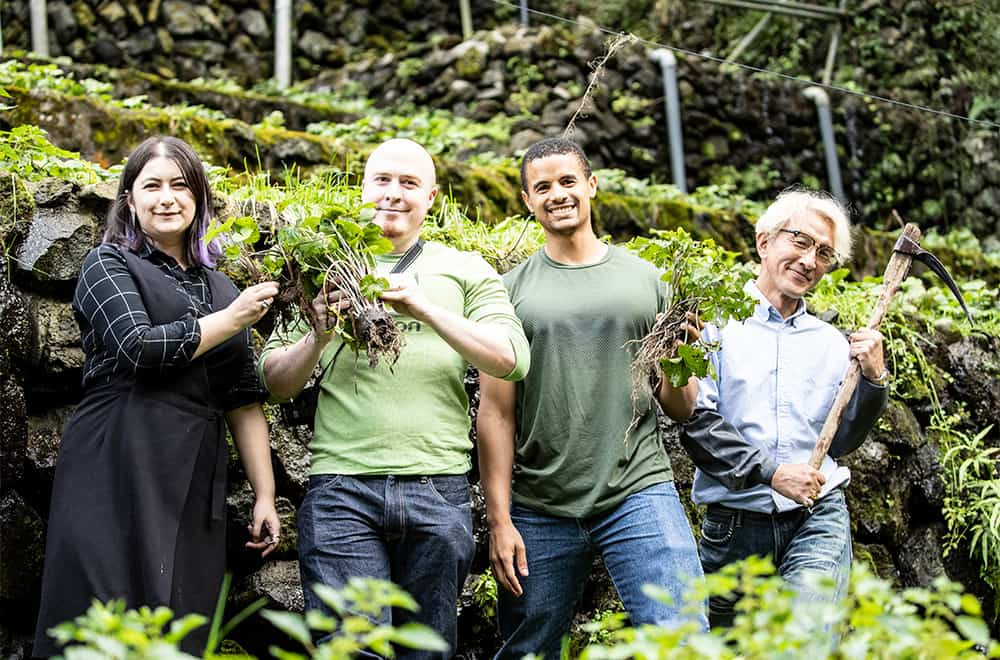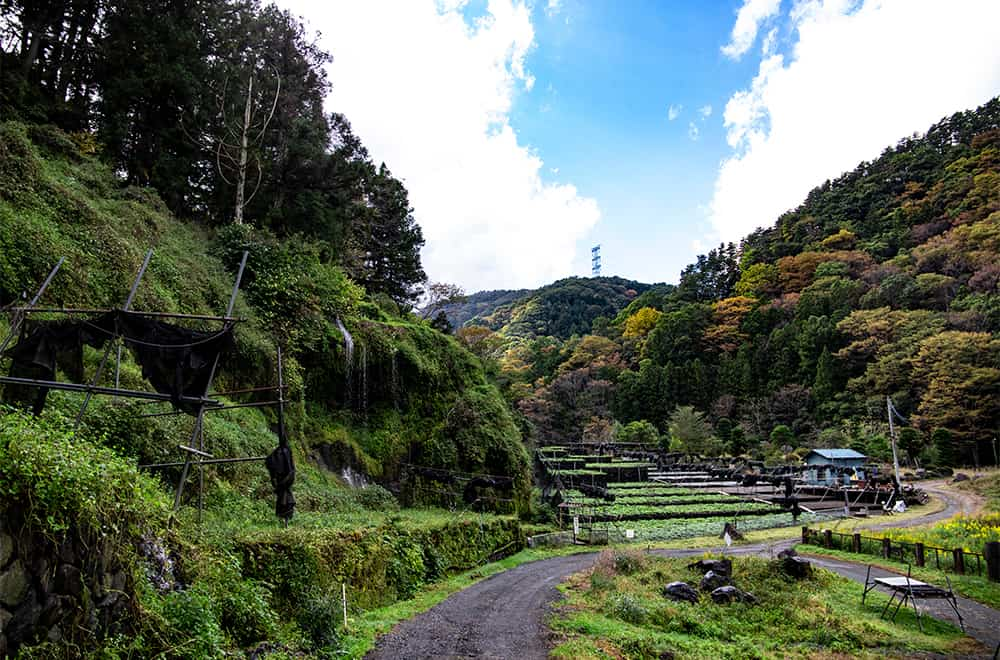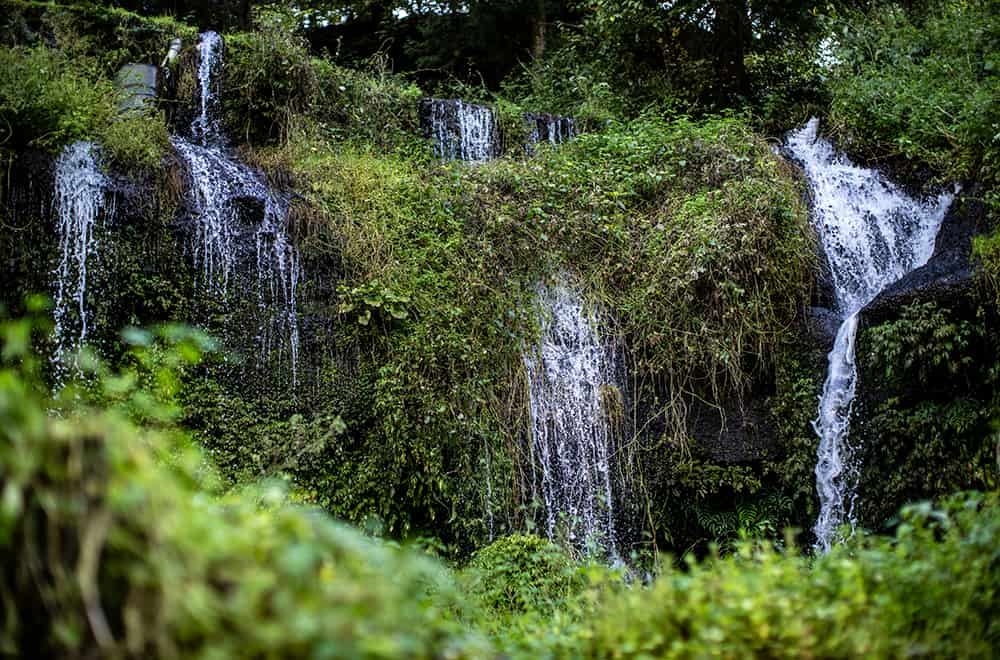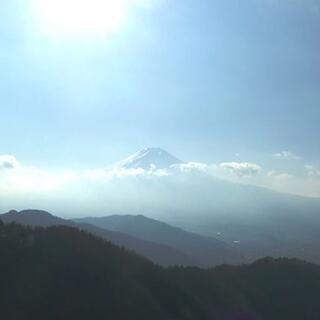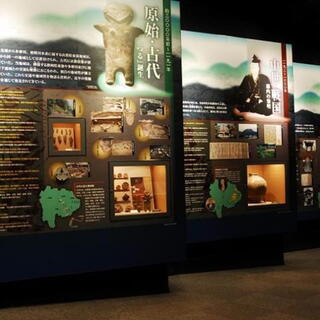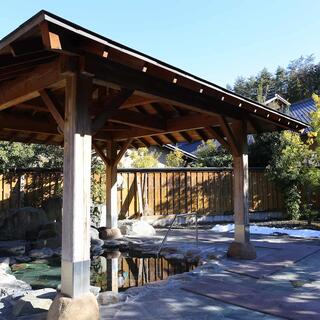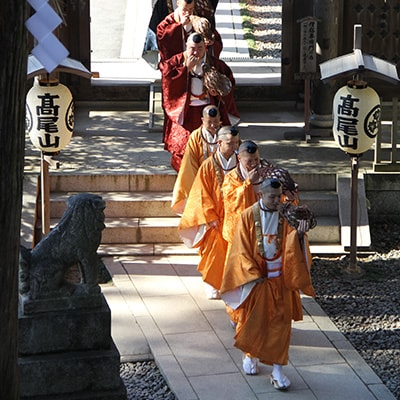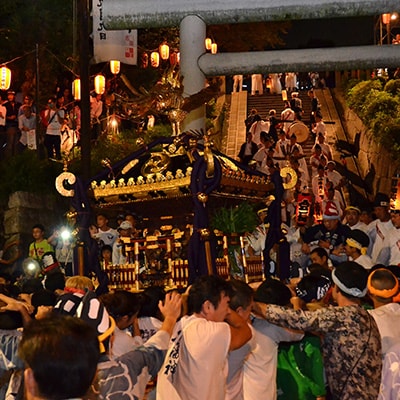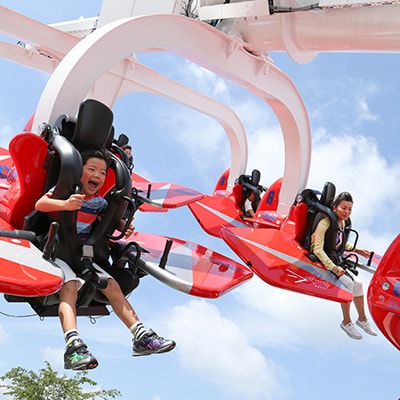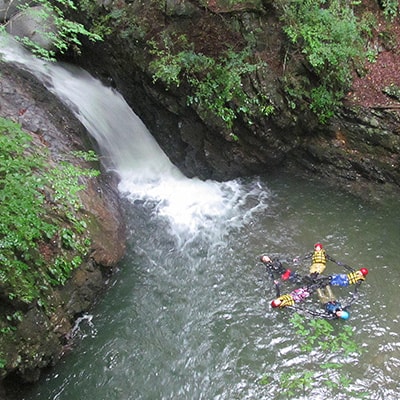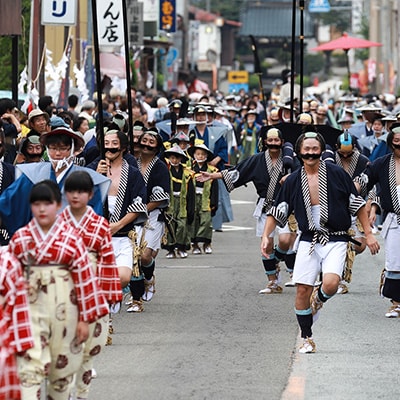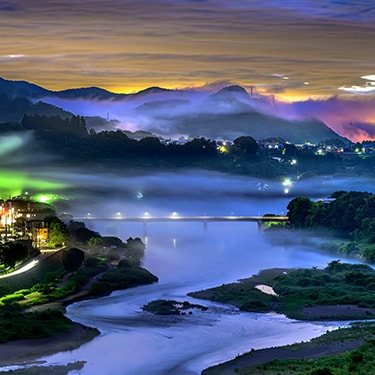The city closest to Mt. Fuji on the Tokyo Westside, Tsuru is blessed with incredibly clean and clear natural water sources. Falling as snow or rain onto the slopes of the Mt. Fuji, the water is naturally filtered through layers of volcanic rock and ash over some 60 years in a process resulting in some exceptionally pure waters ideal for growing wasabi and other crops.
- TOP
- Special Feature
- Blessed by Fuji with Cool, Clean Water
Blessed by Fuji with Cool, Clean Water
Tokaichiba and Natsugari Springs
Selected as one of the 100 Clear Waters of the Heisei Era, the Tokaichiba and Natsugari Springs are a collection of more than 10 different springs originating from Mt. Fuji and include the nearby Taro and Jiro Falls.
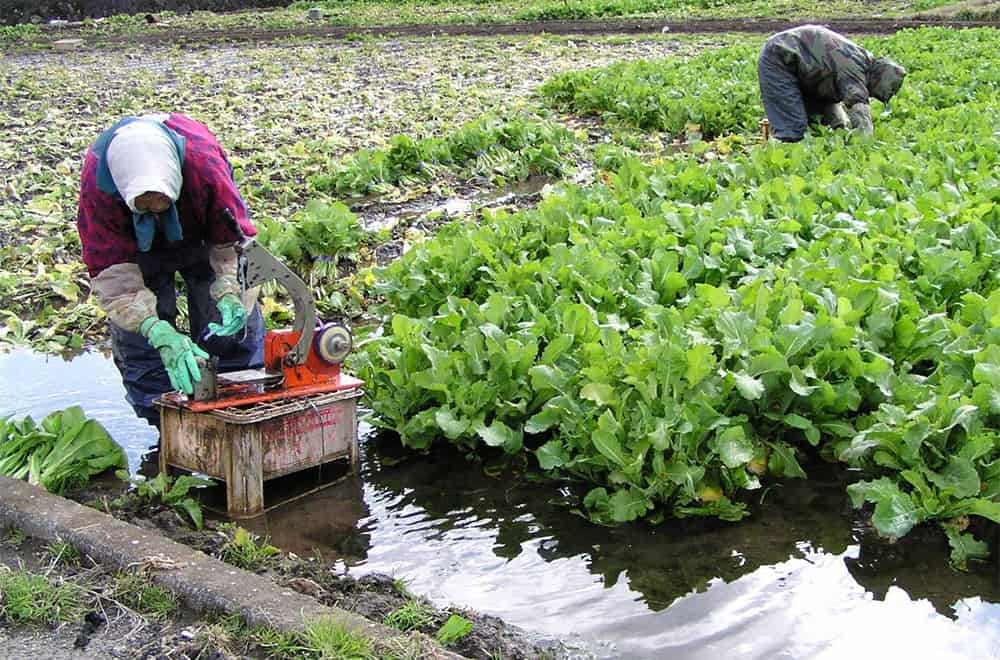
The water’s nearly constant year-round temperature of about 12°C, abundant flow, and characteristics as a soft water with low alkaline levels all contribute to its longstanding reputation and use in irrigation for produce like wasabi and mizukakena turnips.
In fact, the local citizen’s group has been conducting preservation activities for almost 400 years!
All these qualities and inclusion on the Top 100 list led to water at and from Tsuru gaining some fame, and there are a number of picturesque sites connected to the springs that you can check out like Eijuin Temple, the aforementioned Taro and Jiro Falls, or Chokei-ji Temple—all are within walking distance from Tokaichiba or Higashi-Katsura stations.
Wasabi Harvesting Experience
The explanations and instruction are primarily in Japanese, but Kikuchi-san heartily welcomes everyone to his farm and uses a translator app to help you nab a piece of organic wasabi. This experience requires prior reservation and is available for 10 people per day.
If you’re looking for something a little more hands-on, have you ever tried harvesting wasabi? The Kikuchi Wasabi Farm has been cultivating wasabi for over 100 years across three generations using the beautifully clean waters of Mt. Fuji, which originate as rain over the mountain and make their way down to Tsuru over the span of 40 years.
As you make your way down the road to the farm in the valley below, the green surroundings and falling waters around you make it feel like you’ve stepped into a Ghibli animated film.
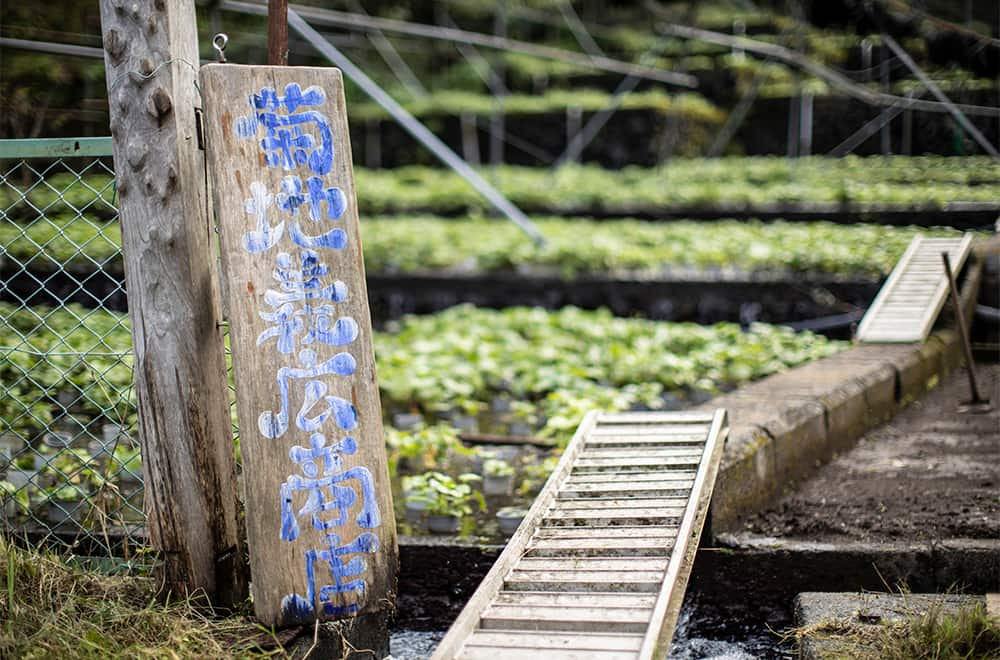
Before you get a tour of the roughly 7,000 m² fields (built like Japanese castles were but using igneous rocks from Mt. Fuji), Kikuchi-san insists on a few warmup exercises, breathing in the fresh and cool air, and then getting you to shout as loud as you can at the scenery—something you can’t do in the city without stares and frowns!
There are two varieties to aim for: the red-tinted Mazuma wasabi (ideal for sashimi or sushi) and the green Daruma wasabi (good for meat and soba noodles), so go for one that suits what you plan to eat.
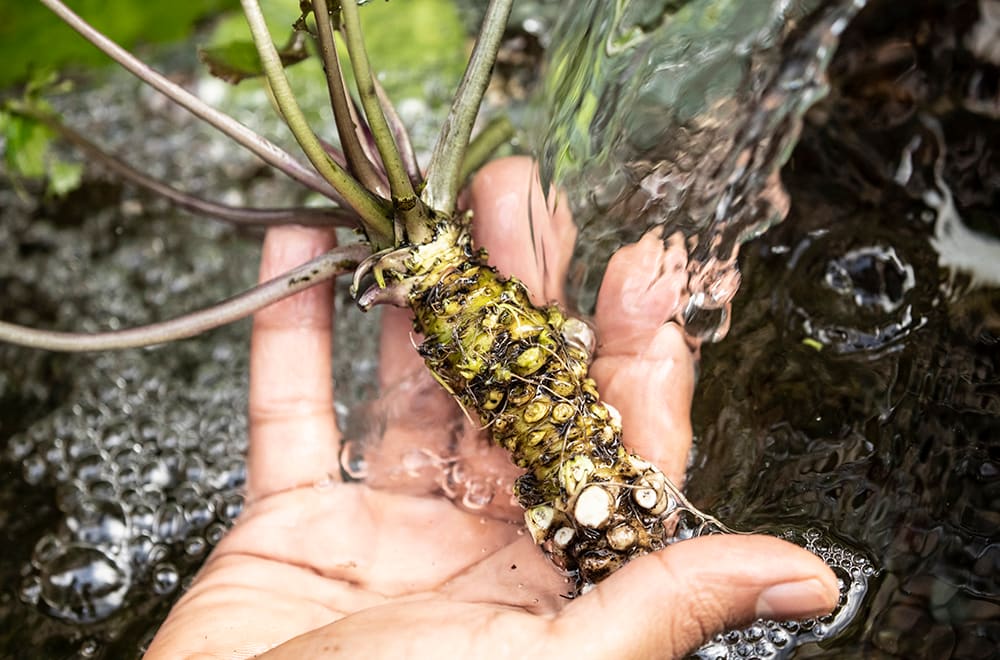
Kikuchi-san worked for 10 years to switch to raising his organic wasabi, and the flavor you get from the real thing is nothing like what’s sold in tubes at stores—which are usually made of horseradish, not actual wasabi—so do your best to nab a big one!
